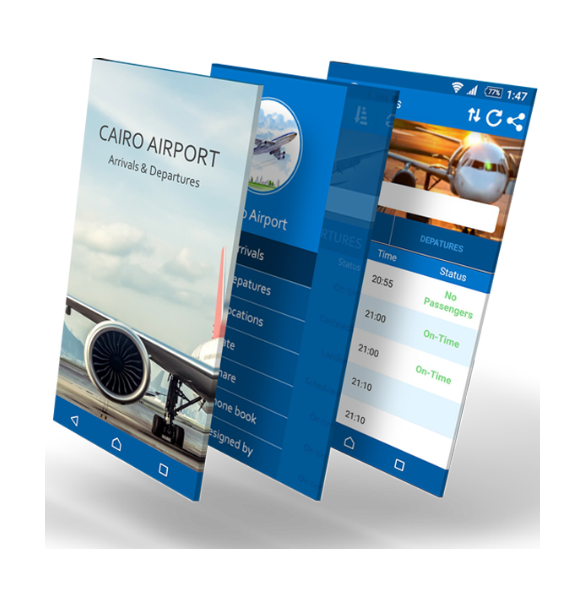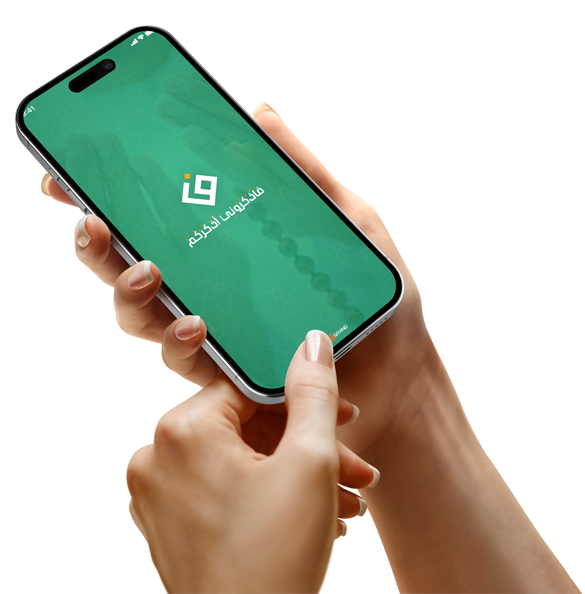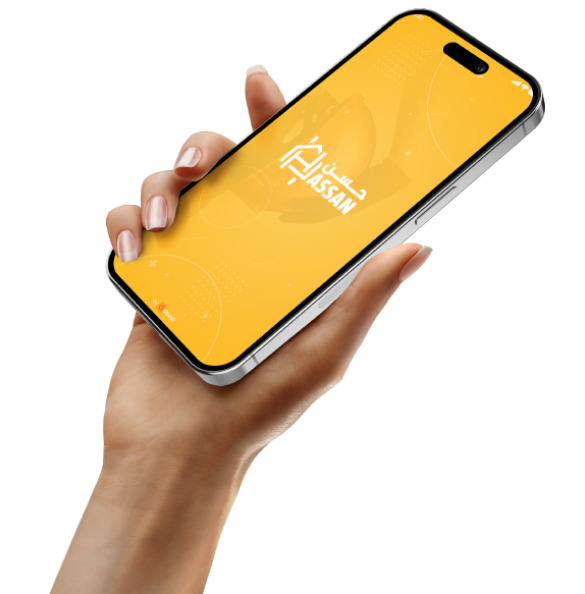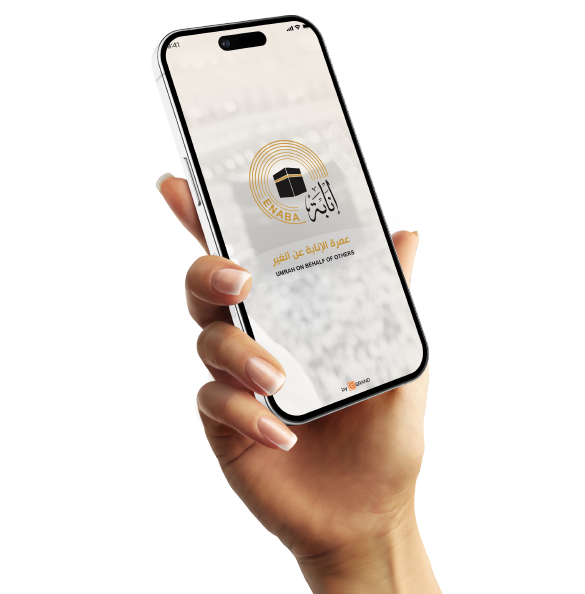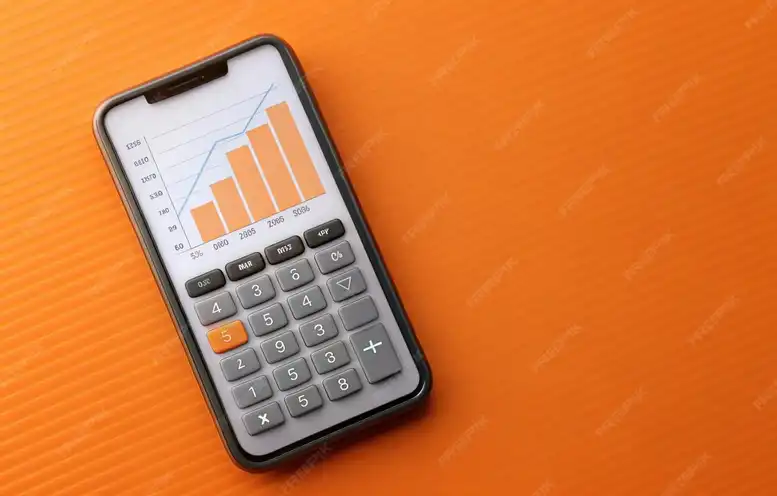Designing User-Friendly Mobile Interfaces: Tips and Tools

1: Understanding the needs of different users in designing interfaces
1. Each culture and language has special requirements that affect the way users interact with applications. Therefore, understanding the cultures and target groups is one of the most important steps before starting to design the application interface.
2. Before you start development, it is necessary to conduct accurate research on the culture and behavior of the audience you are targeting, so that you know what they prefer and attract their attention.
3. For example, colors that suit a certain society may not be suitable for another society, and the same applies to the symbols and designs used in the interface.
4. Grand, the best iPhone application company in Jeddah, has a specialized team that helps you study the needs of the target groups and apply these studies to the design, in order to create a distinctive user experience that suits all cultures.
5. It is also important to identify the special habits of each target group, so that you have an application that is easy to browse and achieves the desired interaction.
6. In addition, customizing interfaces according to language in terms of writing direction, fonts, colors, and even symbols, contributes greatly to improving the user experience.
7. The ultimate goal is to design an application that the user feels suits his culture and is in line with his needs, and this increases his satisfaction and confidence in the application.
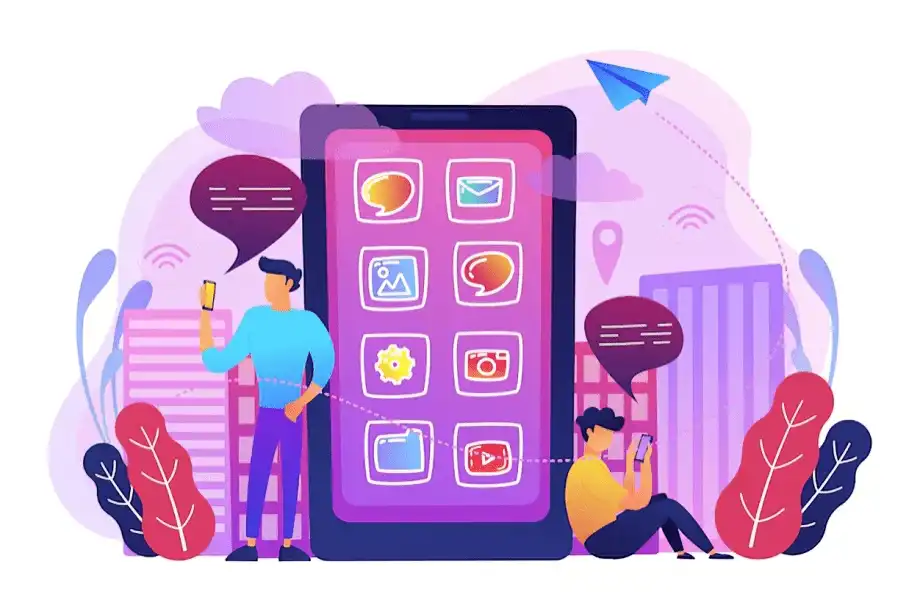
2: Use colors and fonts that suit different cultures
1. Colors in design are a very important factor, because they convey messages and meanings that differ according to culture. For example, white may indicate peace in a certain culture, but it expresses sadness in other cultures.
2. Therefore, choosing the appropriate colors for each cultural group reflects your respect for them and appreciation for their diversity. The right color can make a big difference in attracting users' attention and increasing their interaction with the application.
3. The same applies to fonts and text formatting, because they facilitate the reading process and increase the clarity of the content. Each language requires specific fonts that are clear and easy on the user's eye.
4. Grand, a smartphone application programming company in the Gulf, is committed to using balanced and neutral colors and fonts that suit most cultures, to ensure providing an interface that is in line with different users globally.
5. Avoid sharp or uncomfortable colors, and try to balance between light and dark colors so that the interface is comfortable for the eye.
6. Fonts should also be large enough and easy to read, especially for languages that contain many letters such as Arabic and Chinese.
7. Paying attention to these details helps create a more interactive and satisfying experience for diverse users, and increases the popularity and success of the application.
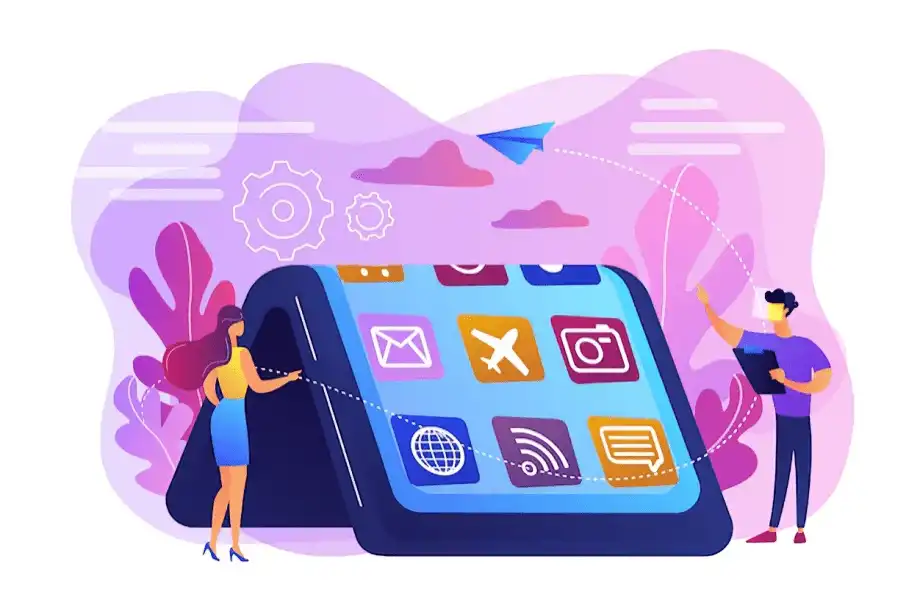
3: Ensure the application is scalable and supports different languages
1. Developing a global application requires ensuring its full support for different languages, with scalability to include new languages as needed. Translation and flexibility in interface design contribute to attracting users from different countries.
2. Compatibility with different writing directions, such as writing from left to right or vice versa, provides a comfortable and comprehensive experience for all users, and makes interaction with the application easy and smooth.
3. Grand iPhone application programming company in Riyadh relies on advanced technologies that help you support a number of languages easily, while verifying that texts and symbols are compatible with the correct writing direction in each language.
4. Supporting linguistic diversity requires preparing texts so that they can be easily modified through translation tools, without affecting the rest of the design elements.
5. It is preferable to prepare the application to be able to deal with language updates and new additions, so that you can add a new language quickly and easily if there is an increasing demand for it.
6. Translation is not just converting the text, you must take into account local phrases that are in line with the culture, and stay away from literal translation that may lose the correct meaning.
7. In short, language scalability increases the appeal of the app, opens new doors for users around the world, and ensures that it remains fresh and relevant to every user regardless of their language.
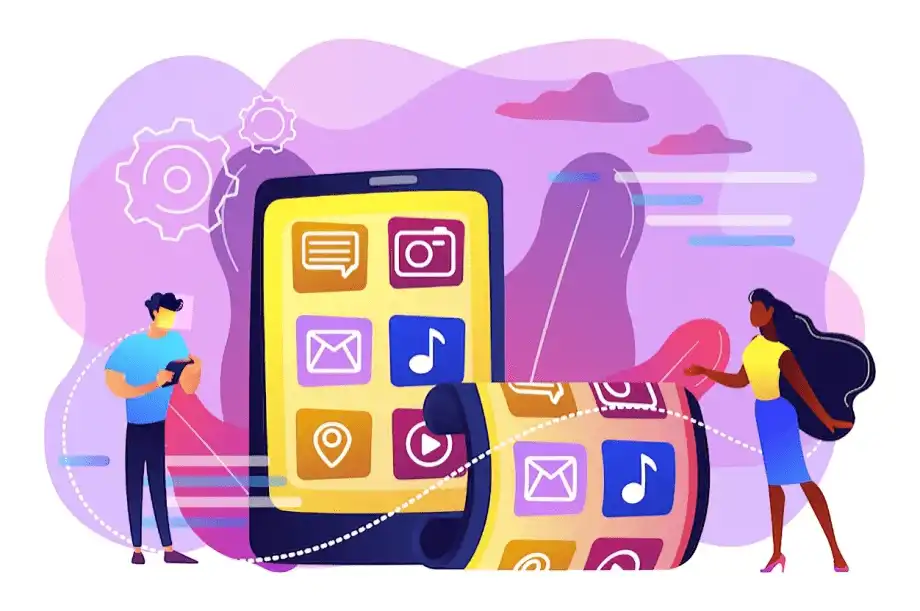
4: Focus on designing a flexible interface that suits different user preferences
1. Designing a flexible and customizable interface helps users customize the experience to suit their personal needs, which increases their interaction with the application and their comfort.
2. It is better to have options within the application that allow users to change the language, modify colors and display properties, so that they feel that the application meets their preferences.
3. Grand, the best mobile application design company, provides interactive design solutions, so that users can easily customize their interface, which enhances their sense of belonging to the application.
4. Providing a customizable interface that facilitates the navigation process and makes the user feel that he is able to control his own experience according to his taste.
5. In addition, customizing the interface enhances the user experience and increases the likelihood of continuing to use the application, because he feels that it is comfortable and in line with his taste.
6. Easy navigation and flexible customization are factors that influence user satisfaction, which contributes to increasing the number of interactions within the application.
7. Finally, the customizable application interface is evidence of your keenness to meet the needs and preferences of the user, and this enhances the image of the application and increases its popularity among users.



